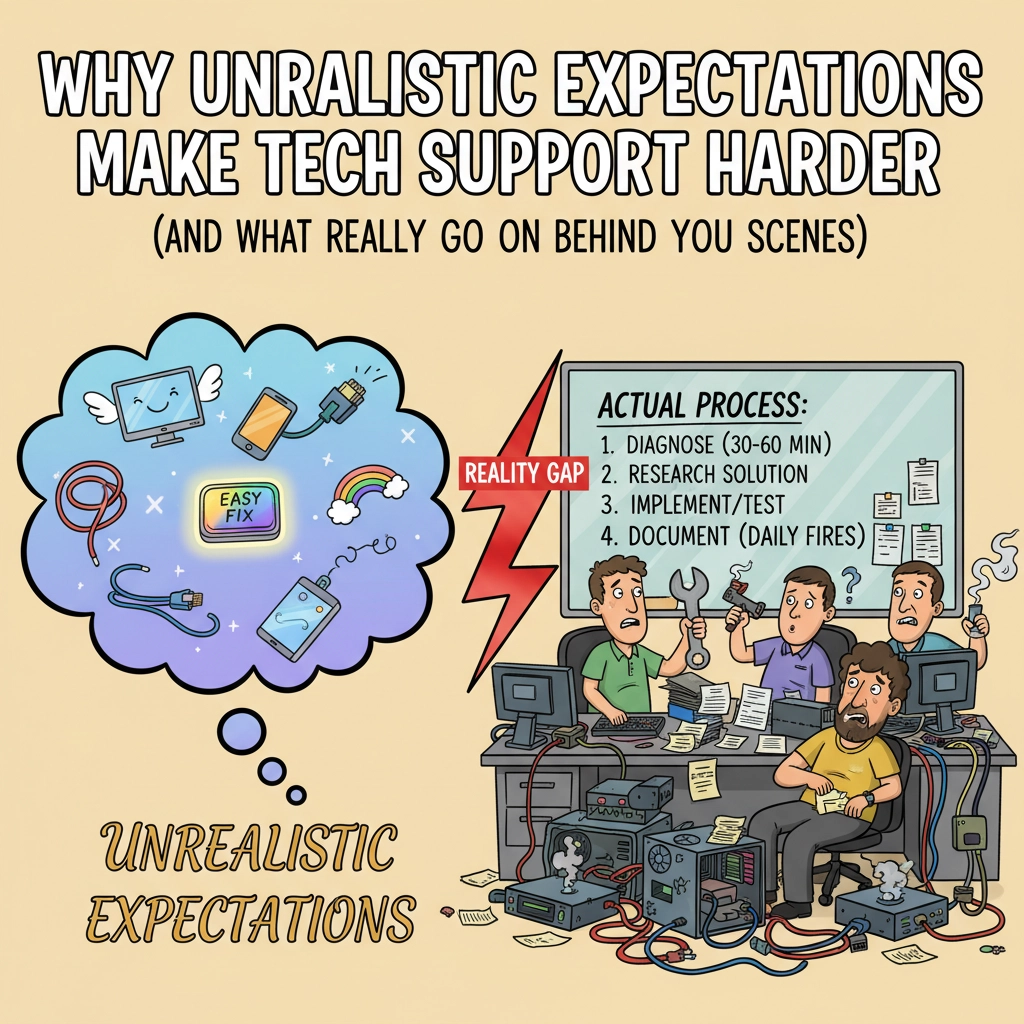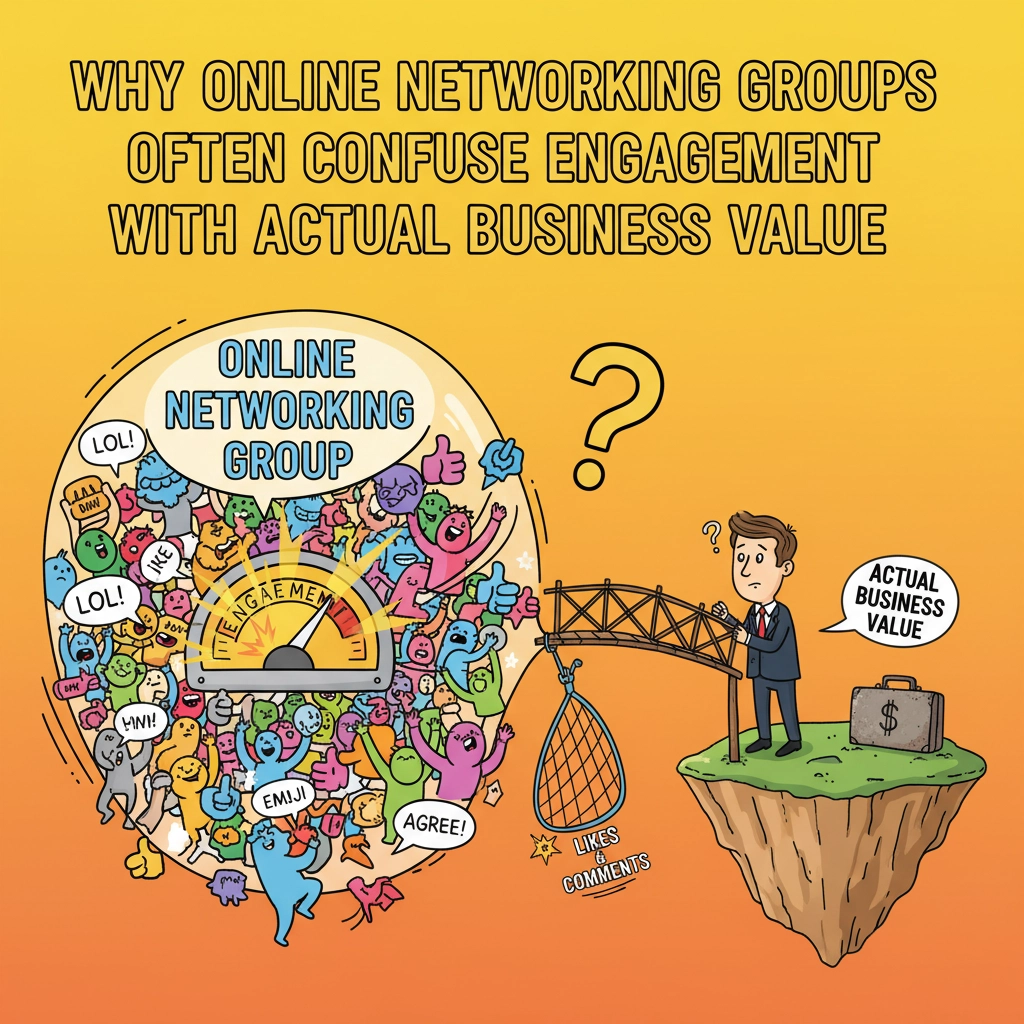Running a business from a single email address is one of the fastest ways to create chaos. Messages from clients, leads, vendors, and random sign-ups all land in the same place. The result: clutter, confusion, missed opportunities, and a lack of professionalism.
On the other hand, creating multiple email addresses but trying to check each one separately is equally inefficient.
The best solution is segmentation + centralization: Segment email addresses by purpose, so every message has a clear lane. Centralize management, so you don't waste time juggling inboxes.
Below is a comprehensive guide for structuring business email that balances professionalism with efficiency.
Core Email Address Types
Client-Facing
Purpose: Active customers, project updates, service requests, and ongoing relationships.
Best Practice: Monitor closely. Make this the primary inbox where you spend the most time.
Caveat: Don't share this email publicly on your website , keep it reserved for existing customers to reduce clutter.
Lead-Facing
Purpose: Inquiries from ads, social media, forms, and sales outreach.
Best Practice: Use a dedicated address like sales@ or hello@ for new business.
Efficiency Tip: Use filters to tag or label these messages automatically so you can review them daily without distracting from client work.
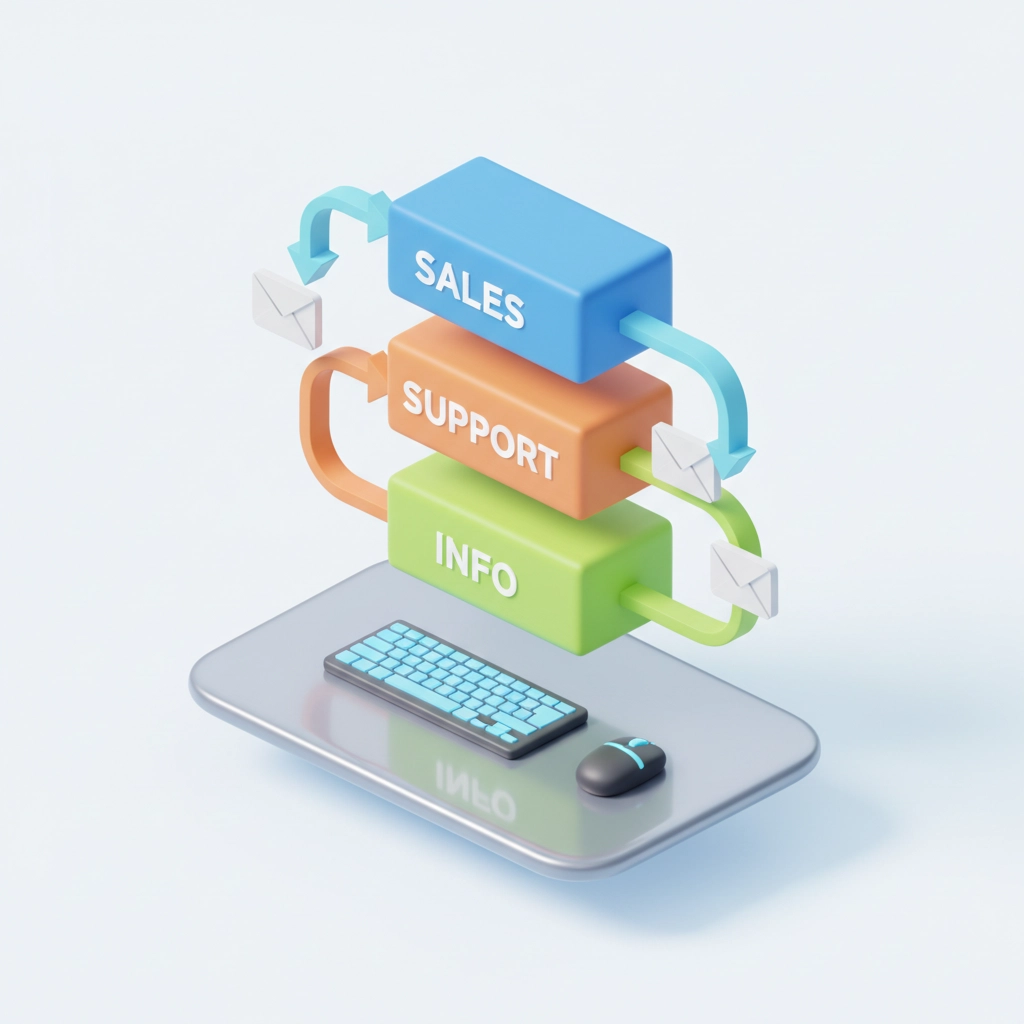
Public / Website Email
Purpose: General inquiries, partnerships, vendor outreach.
Best Practice: Use something generic like info@ or contact@ that you don't mind being widely published.
Caveat: Expect spam. Mitigate by using good filters, and don't rely on this address for critical client communication.
Spam / Disposable Email
Purpose: Signing up for trials, newsletters, or accounts that are likely to generate junk.
Best Practice: Keep one or more disposable addresses (signups@, test@, etc.).
Caveat: Check occasionally , sometimes important password resets or confirmations get sent here.
Catch-All
Purpose: Captures anything sent to your domain, even if the address doesn't exist (like supprot@ or infor@).
Best Practice: Forward these into your centralized inbox so no opportunities are lost.
Caveat: Without good filtering, catch-all can become a spam magnet. Only use it if you have solid spam protection.
Centralization: One Place to Rule Them All
The key is never logging into multiple accounts separately. Everything should flow to one central inbox or dashboard.
Options include:
- Forwarding Rules: Forward all secondary inboxes (leads, public, catch-all) into your main inbox
- Aliases: Use aliases under the same account ([email protected], [email protected], [email protected]) , all managed in one login
- Filtering & Labels: Auto-sort messages by address so they land in neatly separated folders/labels
- Shared Mailboxes: For teams, set up shared inboxes (support@, sales@) that multiple staff can monitor without requiring separate logins
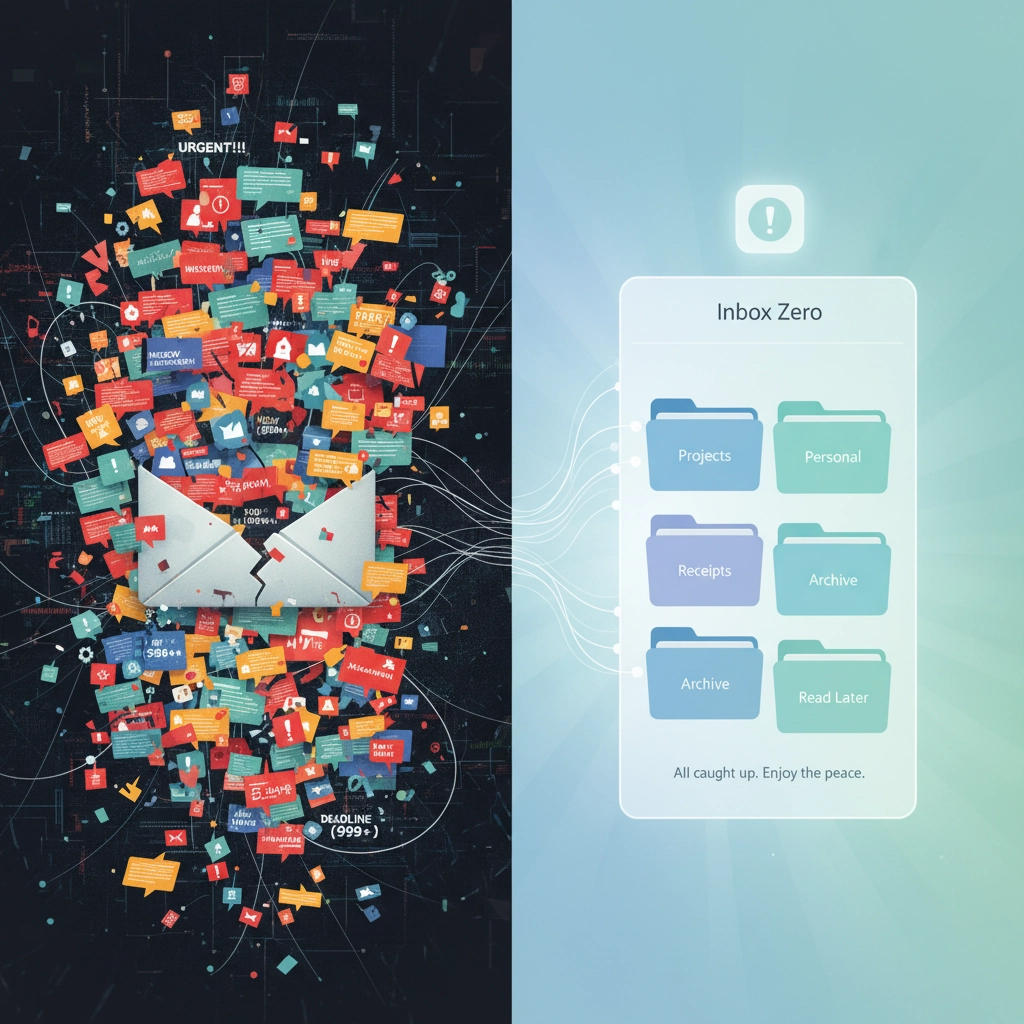
Prioritization & Workflow
Not all email is equal. Structure your setup to keep focus on what matters:
Primary Inbox = Command Center
- Where client-facing emails and other critical work live
- Checked frequently throughout the day
Leads = Scheduled Review
- Reviewed at set times daily to avoid distraction but ensure quick response
Public & Catch-All = Low Priority
- Skimmed as needed , don't let them distract from revenue-generating work
Spam / Disposable = Background Noise
- Checked only if you're expecting something. Otherwise ignored.
Security & Professionalism
Multiple email addresses aren't just about organization , they also protect your business.
Segmentation reduces risk: If one email address is compromised (like the disposable signup one), your client communications remain safe.
Professional image: A client emailing [email protected] feels different than emailing [email protected].
Role-based addresses scale: As you grow, addresses like support@, sales@, billing@ can be handed to teams or redirected seamlessly.
For businesses handling sensitive client data, proper email structure is part of a broader cybersecurity strategy that includes secure password management and access controls.
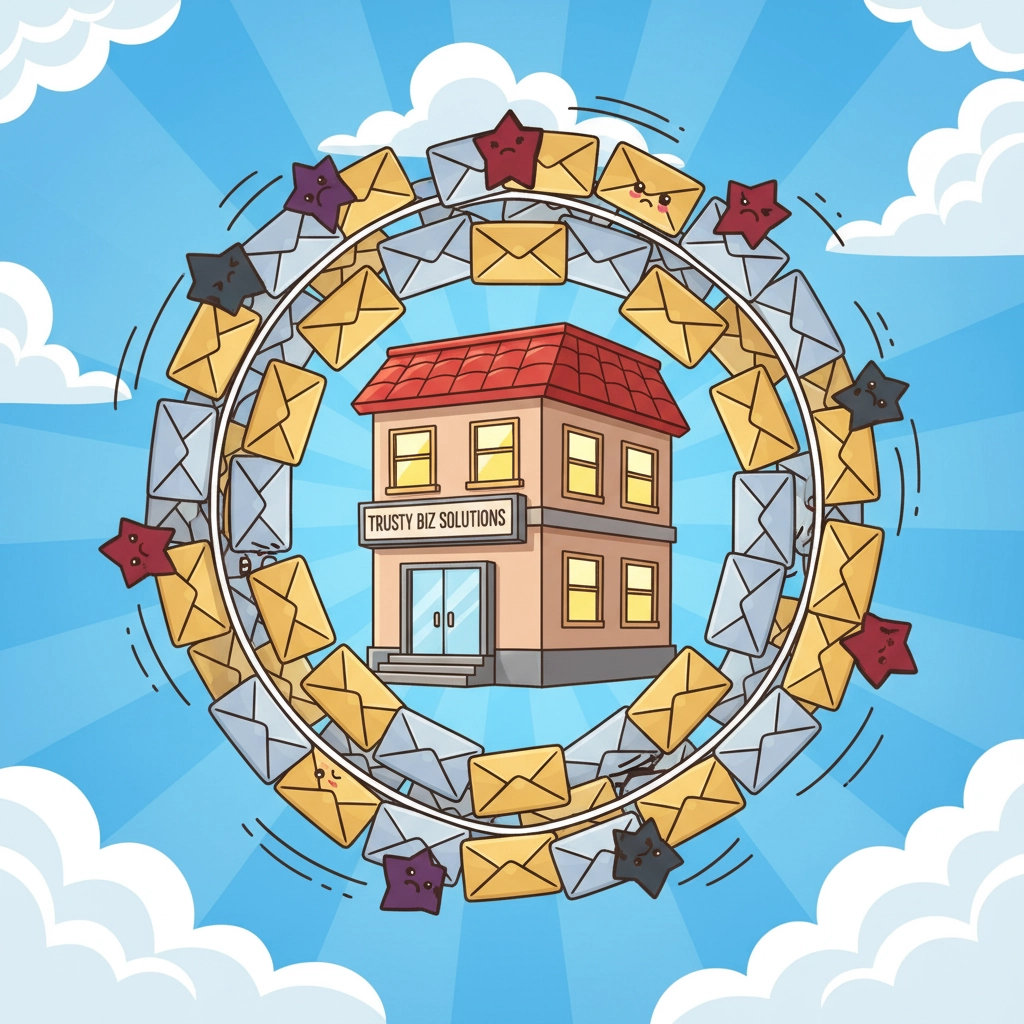
Advanced Best Practices
Autoresponders
For leads/public addresses, set a polite auto-reply ("Thanks, we'll respond within 1 business day") so inquiries don't feel ignored.
Internal Notes
Use internal-only addresses (like staff@) for team communication , keeps clutter out of client-facing inboxes.
Archiving
Use automatic rules to archive or categorize non-urgent messages (e.g., newsletters → "Reading" folder).
Separation of Duties
If multiple people check the same inbox, use a system that prevents duplicate replies.
Monitoring & Metrics
Some platforms let you track response times per inbox , helpful for ensuring client emails never slip.
Domain Branding
Always use your business domain (e.g., @company.com) rather than @gmail.com for credibility.
Email Content Structure Fundamentals
Beyond organizing your addresses, the structure of individual emails matters just as much:
Subject Lines That Work:
- Keep it concise, aiming for 6-10 words
- Use action verbs like "confirm," "review," or "join"
- Include brief keywords that summarize the main topic
- Avoid generic phrases like "Hi," "Touching Base," or "FYI"
Professional Greetings:
- Use "Good morning," "Good afternoon," or "Hello" instead of casual "Hi" or "Hey"
- Include proper introductions when writing to new contacts
- State your name, title, and relevant context upfront
Body Structure:
- Be concise and to the point while maintaining politeness
- Use paragraphs to separate thoughts
- Employ bullet points to highlight key information
- Limit each email to one main topic when possible
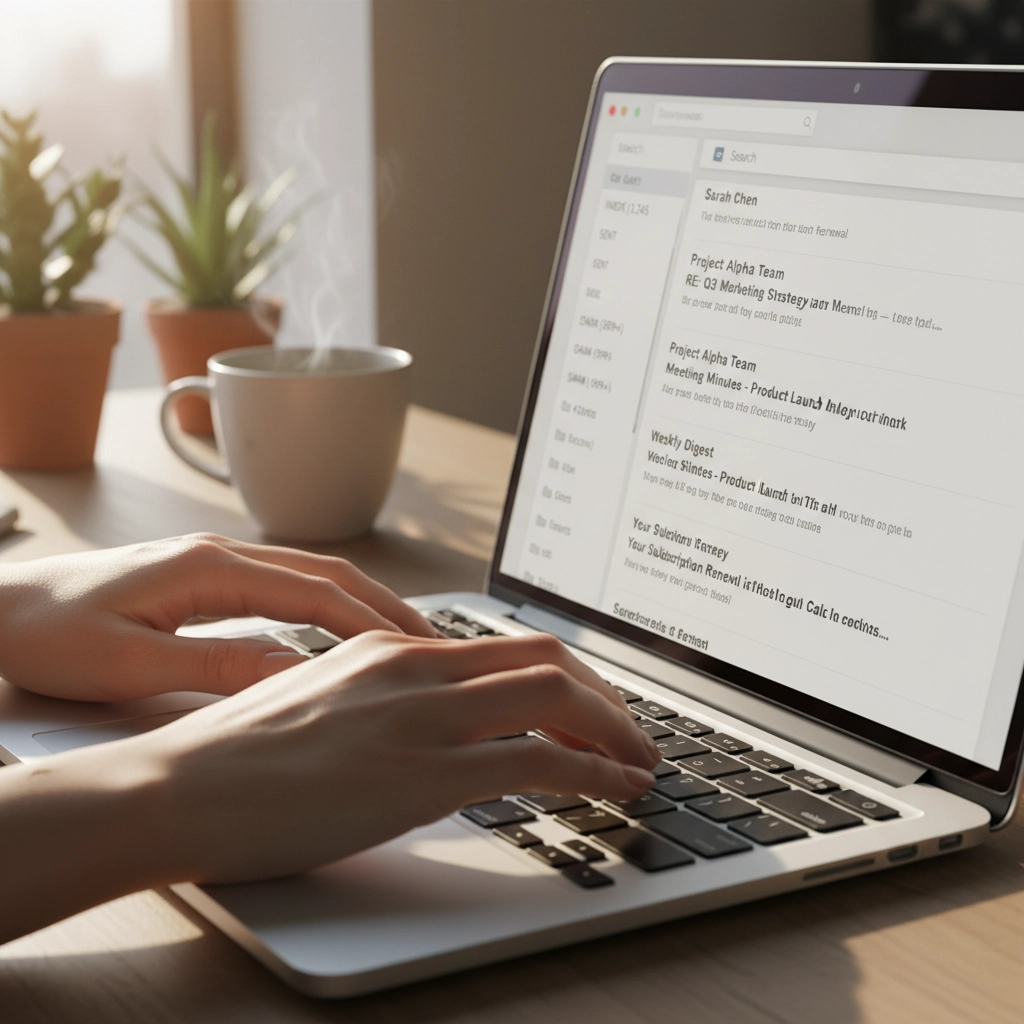
Common Pitfalls to Avoid
- One inbox for everything: Causes overwhelm and unprofessionalism
- Checking multiple logins separately: Wastes time and increases chance of missing something
- Ignoring filters/labels: Leads to clutter even if everything flows to one place
- Publishing client-facing email publicly: Guarantees it gets flooded with junk
- Over-engineering: Don't create 15 inboxes you don't need : focus on clear, purposeful addresses
- Poor email etiquette: Using all caps, unclear subject lines, or unprofessional language
Implementation Strategy
Start with these core addresses:
- Personal/Client: [email protected]
- Public: [email protected]
- Sales/Leads: [email protected]
- Disposable: [email protected]
Set up forwarding rules so everything flows to your main inbox, then use filters to automatically sort by sender address. This gives you the benefits of segmentation without the hassle of multiple logins.
As your business grows, you can add specialized addresses (billing@, support@, hr@) and assign them to team members or departments.
The Bottom Line
Business email should be both professional and efficient. By segmenting addresses for purpose, centralizing everything into one place, and prioritizing intelligently, you can stay responsive without drowning in clutter.
Set it up once, and you'll never have to choose between missing opportunities and losing your sanity. For businesses that want professional email management without the technical headaches, managed IT services can handle the setup, security, and ongoing maintenance : letting you focus on what you do best.
Remember: your email system is often the first impression clients have of your business. Make it count.
Share this:
- Click to share on Facebook (Opens in new window) Facebook
- Click to share on Tumblr (Opens in new window) Tumblr
- Click to share on X (Opens in new window) X
- Click to share on Pocket (Opens in new window) Pocket
- Click to share on Pinterest (Opens in new window) Pinterest
- Click to share on LinkedIn (Opens in new window) LinkedIn



